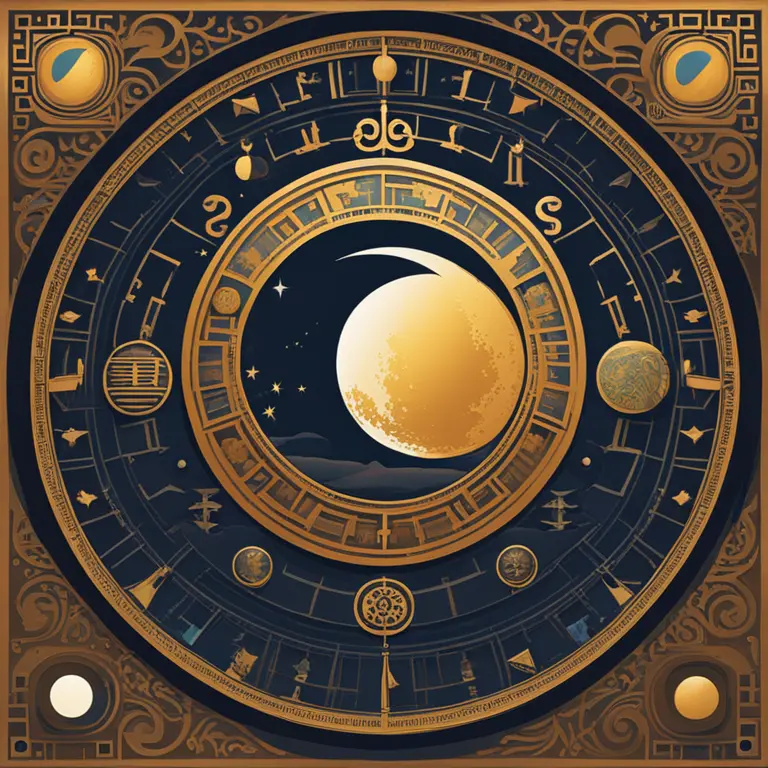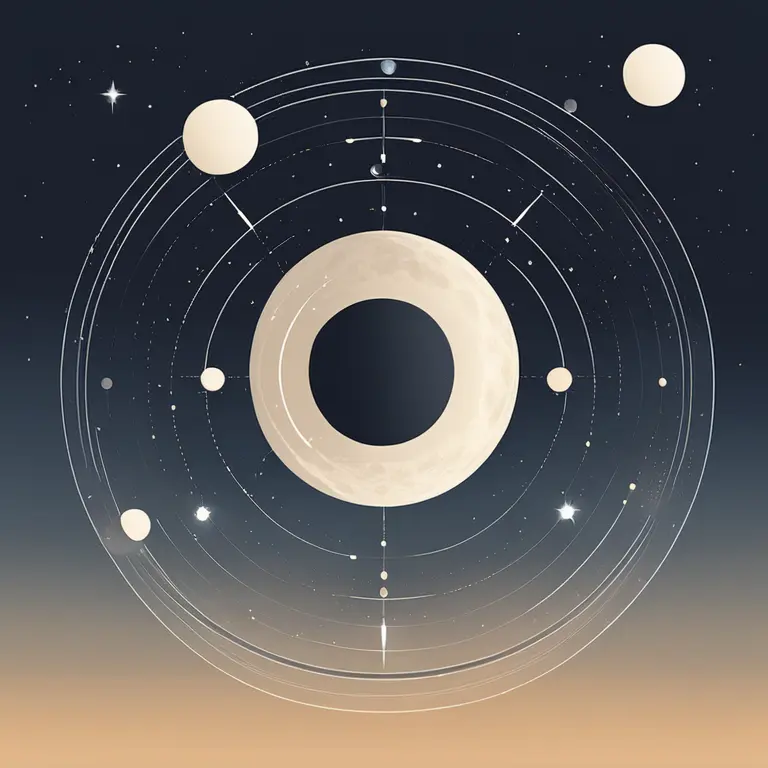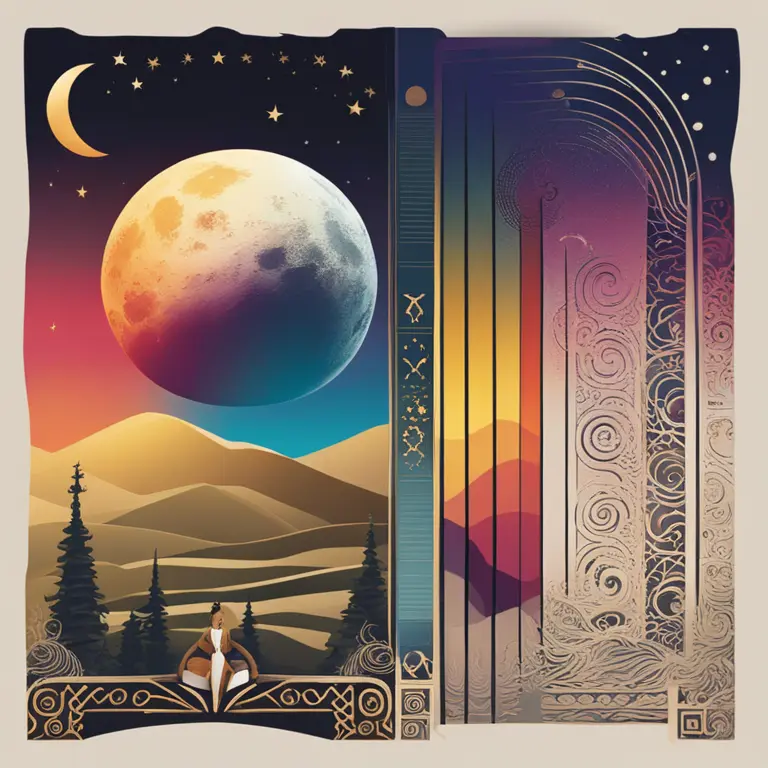
The Luminous Cycle: A Journey Through Moon Phase History
Delve into the captivating chronicles of lunar phases and their influence throughout human history, spirituality, and science in this illuminating article.
article by Priya Deshmukh
Introduction to Lunar Observations
Since ancient times, the moon has been a source of wonder and mystique for civilizations across the world. Its cyclical phases have governed calendars, influenced agricultural practices, and inspired countless myths and legends. As the closest celestial body to Earth, the moon exerts a tangible influence on our planet, leading to the observation of its phases for various purposes, from practical to mystical. In this exploration, we connect with the ancestral legacy of lunar observation which has profoundly shaped human culture.

The Astronomy Behind Phases
The phenomenon of lunar phases results from the moon's orbit around Earth, revealing varying portions of its sunlit side. The cycle begins with the new moon, when the moon is positioned between Earth and the sun, rendering it nearly invisible to observers. It progresses to a crescendo with the full moon, where the entire face is illuminated, before waning back to darkness. The lunation, a complete cycle, lasts approximately 29.5 days. This predictable progression has been fundamental in developing early astronomical knowledge and timekeeping methods.

Lunar Influence on Calendars
Many ancient calendars were based on the lunar cycle due to its consistent rhythm. The Islamic Hijri calendar, still used today, is lunar-based, as was the Babylonian calendar. The Hebrew calendar is also a lunisolar calendar, aligning months with moon phases while adjusting for the solar year. These calendars highlight the importance of moon phases in ancient societies for festivals, rituals, and agricultural activities, embedding the moon's rhythms into the very fabric of social life.

Moon Phases in Mythology and Spirituality
In mythology, lunar deities were often associated with femininity, fertility, and mystery. The Greek goddess Artemis, Roman Diana, and Egyptian Khonsu are just a few examples where moon worship played a central role in religious belief. Moon phases, particularly the new and full moons, have long been considered auspicious moments for both beginnings and completions in esoteric practices and are still used as such in contemporary spiritual circles.

Scientific Revelations and Lunar Research
With the dawn of scientific inquiry, the moon phases were scrutinized to understand lunar and celestial mechanics better. This pursuit culminated in the 20th century with the Apollo missions, allowing humans to directly study lunar material and phenomena. Today, ongoing lunar exploration may unlock the moon's potential as a base for future space exploration, demonstrating the lasting pull of Earth's satellite on human ambition and curiosity.
Modern Interpretations and Astrology
Astrologically, moon phases retain significance, especially from 2024 onwards, when astrological forecasts highlight lunar events as harbingers of change. Each phase correlates with certain energies; for instance, the new moon sets the stage for initiation, while the full moon brings culmination and release. In personal horoscopes, the moon's position at birth is believed to influence emotions and instincts, providing a reflective mirror for the sun's radiant personality in the natal chart.
Published: 1/19/2024
Modified: 1/19/2024
More predictions
Come back here soon to learn more about yourself and your future


Moon Phases & Menstrual Cycles Connection
Delve into the compelling correlations between the lunar cycle and women's menstrual periods, exploring how these natural rhythms might interconnect.


The Influence of Your Moon Phase Birth
Discover how the moon phase at your birth affects your personality and life path in this insightful article.


Your Birthday’s Moon Phase & Its Meaning
Discover how the phase of the moon on your birthday influences your life and personality in this insightful astrological analysis.